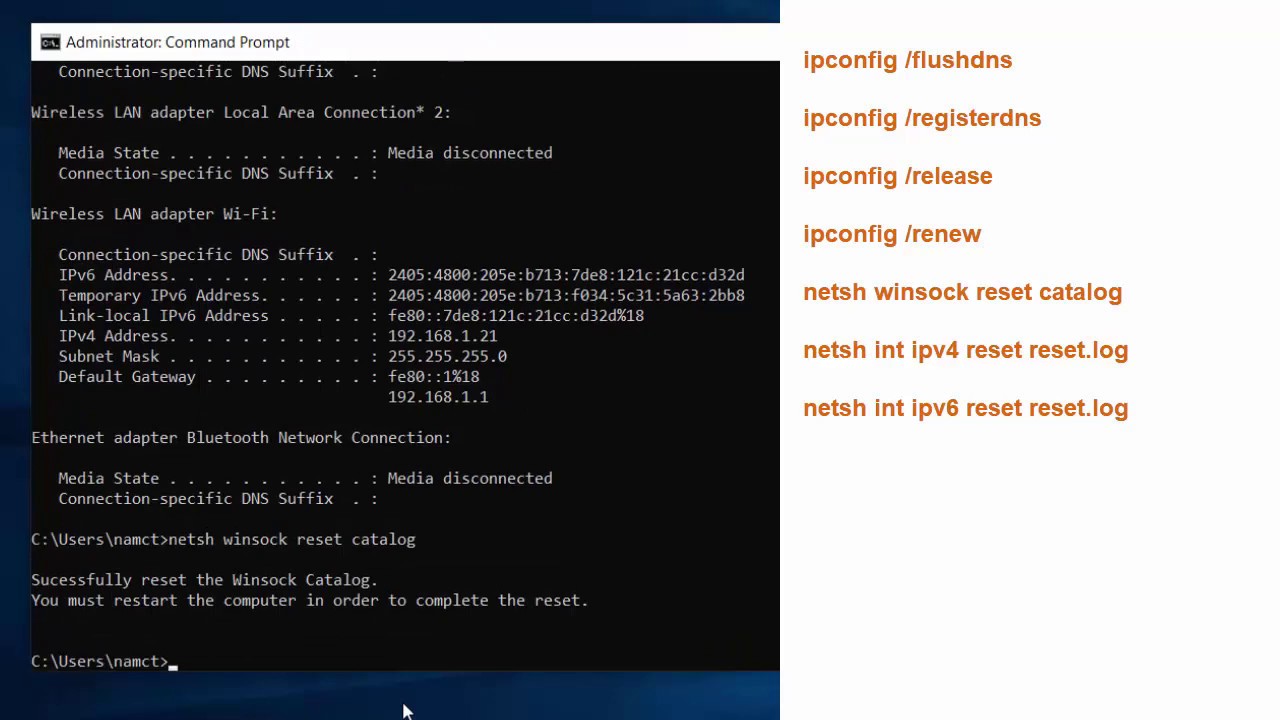

DNS poisoning ( DNS spoofing)ĭNS poisoning, a.k.a DNS spoofing, is a cybersecurity threat that allows hackers to manipulate your DNS cache records. To keep this information private, it is essential to frequently flush your DNS cache. However, your browsing history may get into the hands of mal-intended web users or data collectors. While you are browsing the internet, your MacOS is collecting DNS cache of your search history. Therefore, you should flush the DNS cache as it may resolve the issue. In such cases, the problem is most likely at the client’s end. However, the domain or upstream service provider may not be experiencing DNS outages at that moment. Occasionally, you may see a “DNS Server Not Responding” error when trying to reach a site. Hence, if you try to reach your website afterward, your browser will be querying the DNS server for the latest DNS records information.
What are dns servers mac update#
By doing this, you will be prompting your computer to update the DNS records in its DNS cache. That is when flushing the DNS cache comes into place. For example, if you have recently changed the DNS records for your domain name, these changes may not have propagated globally just yet. Clearing your browser cache may help with such problems however, it may not be sufficient. This can result in issues with website access, or sites being displayed with old content.


Since the DNS propagation may take anywhere between 24-72 hours, your cached data may be out-of-date. You should also do that to protect your networking history and prevent DNS cache poisoning. You should do this when dealing with DNS errors on a website you are trying to access. The most common reason to force a DNS cache flush is to update your device’s DNS cache records. In this way, the DNS cache expedites the process and thus the content you are looking for will be displayed faster. If the website has been accessed before, the OS will complete the DNS lookup locally instead of querying the DNS server. The OS is using a DNS client ( Stub Resolver) to handle all DNS lookups. That is when the DNS lookup process begins anew. When the TTL expires for a DNS record, an updated one has to propagate globally. The Time-to-Live (TTL) determines for how many seconds the DNS client can be caching a record. Then the computer’s OS stores the received resource records based on their TTL. Then, your OS is spawning a request for a DNS lookup.ĭuring the DNS lookup, the domain name is resolved to an IP address. How does it work?įundamentally, when you are accessing a website, your browser is asking your OS for the IP address. Without it, your OS would need to query the DNS server every time, which increases the DNS lookup latency. Thus, the DNS cache serves as an accelerator of the DNS lookup process. As this information is stored on a local level in your operating system (OS), the lookup will be completed faster. The DNS cache contains the history of the domain translations into IP addresses for websites you have previously visited from your computer.
What are dns servers mac how to#
In this article, we will elaborate on what a DNS cache is, why you should clear it, and how to do that on your macOS. Therefore, you need to know how to flush the DNS cache on your MacOS. However, sometimes this may cause connectivity and security issues for you.
What are dns servers mac mac#
Like every internet-connected device, your Mac stores a DNS cache. Its substantial purpose is to ensure fast and reliable web searches. Respectively, a DNS cache is a local catalog, which contains the records of a computer’s search requests history. The Domain Name System (DNS) is the distributed network of servers that systematizes domain names and their relevant Internet Protocol (IP) addresses. How often should I flush the DNS cache on Mac?.How to flush the DNS cache on MacOS X and older MacOS versions.Is it safe to flush the DNS cache on Mac?.


 0 kommentar(er)
0 kommentar(er)
